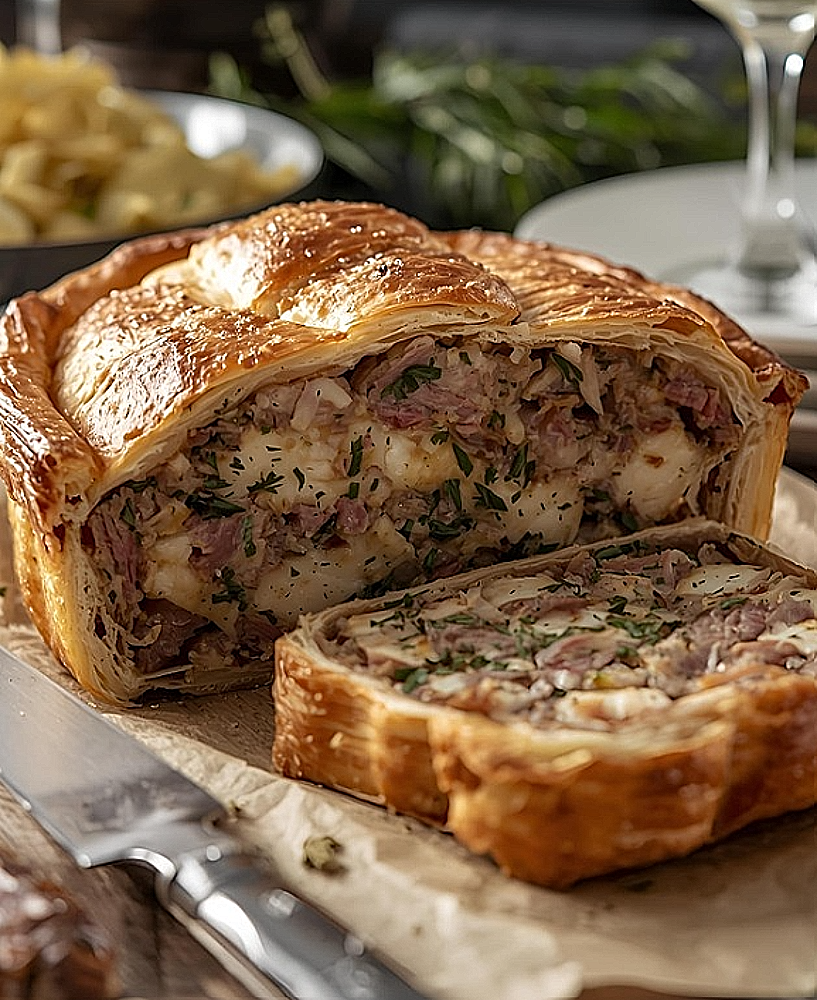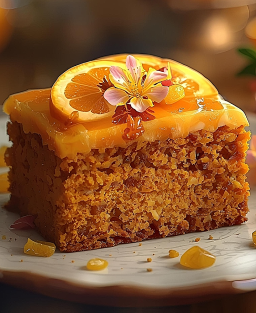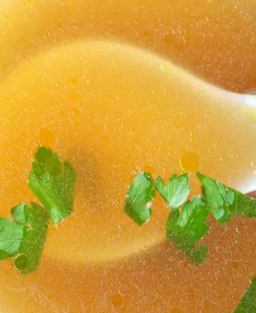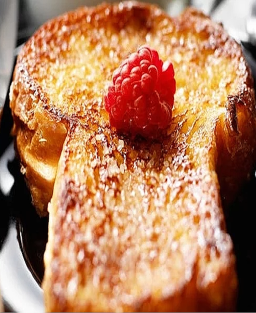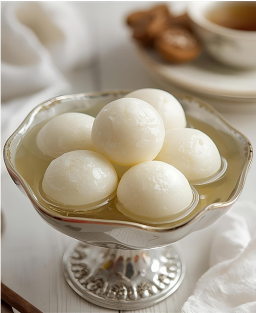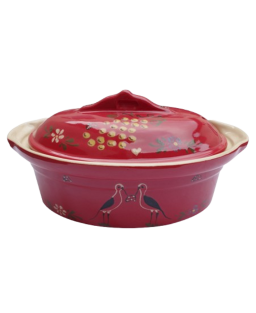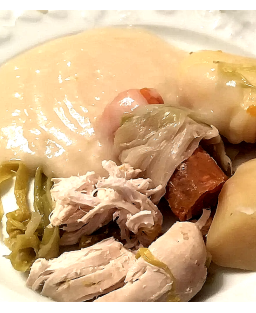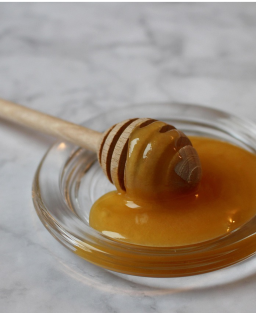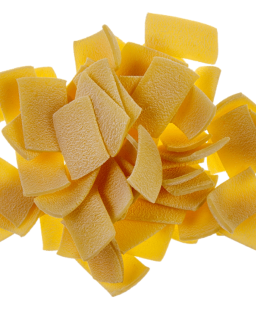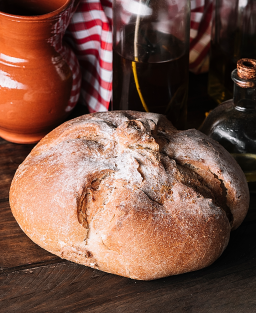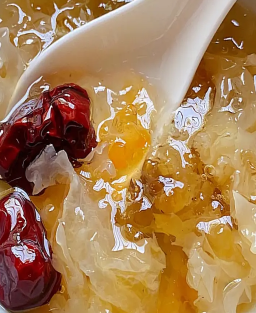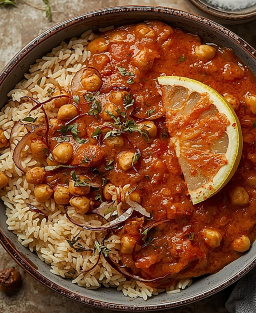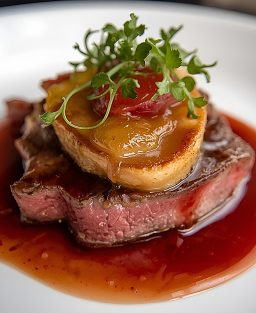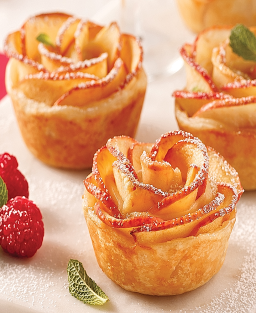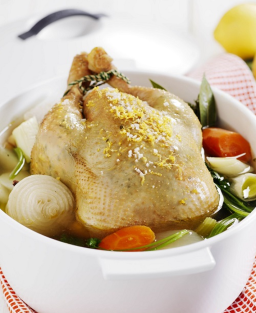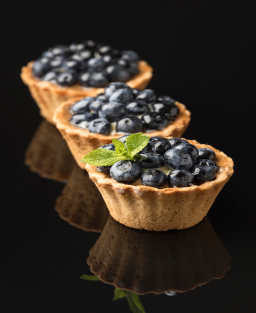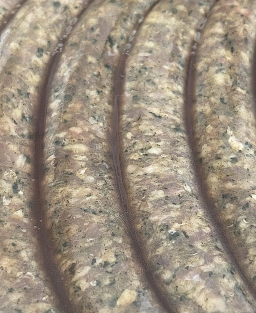Recipe of Pâté alla Portelli: refined Provençal and Corsican pastry with festive assorted meats
Recipe of Pâté alla Portelli: refined Provençal and Corsican pastry with festive assorted meats
Discover the traditional recipe of Pâté alla Portelli, a festive Provençal and Corsican pâté combining assorted meats, traditions, and culinary elegance.
Anecdote
Corse :
« In l’anticchi paesi di l’isula, quandu i cacciadori tornavanu cù u ghjavu frescu è e pollastre di stagione, u Portelli in crosta era u centru di e feste. Tutti si radunavanu intornu à u tavulinu, cuntendu storie di battuta è cantendu canzone, mentre u profumu di a carne è di l’erbe riempia e strade di u paese. »
Provençal :
« Quand li festins venon, Portelli en crosta se montre per ravir li gents e far meravilha dins lo palais. Li filhs e li fraires se racòlhon, li ancian counte l’istòria de la carn e de la fèsta. Lo fume dolç del forn e li aromas de thym e romarin emplisson li estances, e totei s’agenouillan davant lo doçor e la splendor d’aquel paté. »
This anecdote reflects the Provençal and Corsican tradition where cooking was not only a meal but a spectacle, a way to bring together families and guests around festive and convivial rituals, celebrating both the hunting season and the craftsmanship of local charcutiers.
Legend
According to oral tradition, Pâté alla Portelli was first presented in the 18th century at an aristocratic banquet in Ajaccio, in honor of the hunters’ return. The filling, made of game (both feathered and furred), pork, and poultry, was carefully prepared and enclosed in a golden crust, symbolizing the abundance and richness of the Provençal and Corsican lands.
It is said that guests were so impressed by its generous size, its mosaic of colors, and the intensity of its aromas that they immediately nicknamed it “Portelli,” referring to the sumptuous gateways opening onto a royal feast. Tradition held that this pâté appeared only on major occasions—Christmas, Easter, or weddings—thus becoming an emblem of Provençal and Corsican festivities, passed down from generation to generation.
The legend adds that during these banquets, it was customary to recount the hunters’ exploits and the origin of the meats, each bite becoming a tribute to nature and terroir, blending gastronomy, history, and conviviality.
Required utensils
Deep pâté mold or roasting pan with edges
Chef’s and utility knives
Whisk, mixing bowl (cul-de-poule), spatula (maryse)
Perforated baking tray or wire rack
Probe thermometer for cooking control
Country / Region
Country: France
Region: Provence / Corsica
Recipe inventor: Oral transmission, popularized by Corsican and Provençal charcutiers
Recipe evolution
Originally made of pork, poultry, and seasonal game, Pâté alla Portelli has evolved to include finer fillings, sometimes enriched with foie gras or hard-boiled eggs. Today, it symbolizes the festive Provençal and Corsican pâté, served at Christmas, Easter, and major occasions.
Iconic chefs and contributions
Charcuterie Mariani, Ajaccio: traditional Corsican version, faithful to local ingredients and golden crust cooking.
Maison Bianchi, Nice: Provençal adaptation with aromatic herbs, highlighting thyme, rosemary, and lavender.
Charcuterie Morelli, Bastia: modernization with fine filling and noble inserts of game and poultry, for an aesthetically pleasing slice.
Maison Pietri, Marseille: festive version enriched with foie gras and aromatics, ideal for banquets and grand celebrations.
Maison Casanova, Corte: Christmas and Easter specialty with local truffles and generous dome presentation.
Charcuterie Rossi, Toulon: Provençal-style pâté with olives and aromatics, emphasizing balance between meat and crust.
Maison Ventura, Nice: contemporary version with reduced Port wine jelly and foie gras insert for a gastronomic touch.
Charcuterie Antonini, Ajaccio: Corsican heritage version, integrating local game and poultry, traditional wood-fired oven cooking.
History
Pâté alla Portelli originated in southern France, straddling Provence and Corsica, as a festive pâté for special occasions. Its origins date back to the 18th century when noble and bourgeois families served pâtés en croûte filled with assorted meats, symbols of wealth and conviviality. Its popularity quickly spread through Corsican and Provençal villages, each household having its particular version, reflecting the terroir and the charcutier’s expertise.
Throughout the 19th and 20th centuries, the recipe was adapted to modernize the fillings, refine the texture, and incorporate new meats and aromatics, while retaining its festive prestige.
Recipe description
Pâté alla Portelli is presented as a generous, golden pastry enclosing a mix of seasonal meats and game, sometimes enriched with foie gras or eggs. Its filling is flavored with Provençal or Corsican herbs, offering a mosaic of rustic and refined flavors, ideal for banquets and festive meals.
Ingredients
Farm pork and veal
Poultry (chicken or guinea fowl)
Game depending on season (hare, wild boar, pheasant)
Foie gras and hard-boiled eggs (optional)
Aromatic herbs: thyme, rosemary, savory
Puff pastry or shortcrust according to tradition
Detailed professional preparation of Pâté alla Portelli
Technical objective:
Create a refined Provençal-Corsican pâté en croûte, combining fine filling with noble pieces of meats and game, with foie gras, truffles, or aromatics inserts depending on the season, controlled cooking, and golden finish.
Phase 0 — Supply & hygiene
Meats: select veal, farm pork, poultry (guinea fowl or free-range chicken), local game (hare, deer, or wild boar).
Foie gras: Barbary or mulard duck (South-West origin).
Other ingredients: truffles or morels depending on season, local aromatic herbs (thyme, rosemary, savory, bay), lard for binding.
Hygiene: separate raw and cooked areas, regular disinfection, wear gloves, hairnet, clean clothes, follow HACCP plan.
Ideal working temperature: 6–10 °C to limit fat melting.
Phase 1 — Trimming and cutting
Remove membranes, nerves, and excess fat.
Cutting inserts:
-
Meat and game pieces: 15–20 mm dice for veal, poultry, game
-
Foie gras: 15–20 mm cubes
-
Mushrooms: slice 3–4 mm or prepare duxelles
-
Lard: 8–10 mm, lightly precooked to remove fat
Estimated time: 40–60 min for 6–8 servings
Phase 2 — Pre-cooking inserts
Searing: sauté very hot with clarified butter + oil, 45–60 s per side
Light poaching (optional for firm game): 10–15 min in flavored court-bouillon, cool immediately
Degreasing: drain, keep juices for binding or reduction
Estimated time: 25–45 min depending on game
Phase 3 — Making fine filling (quenelle mixture)
Mincing: pass meats (poultry, lean pork, and lard) through 8 mm then 3 mm disks, or cutter for very smooth texture
Seasoning: salt 16–18 g/kg, pepper, grated nutmeg, candied shallot, cognac/armagnac 10–20 g/kg, cream 10–15 %, optional egg yolk
Emulsion: gradually incorporate cold fat, control temperature < 12 °C
Finish: sieve 1–2 mm for very fine filling
Cooling: store +2/+4 °C until assembly
Estimated time: 30–45 min
Phase 4 — Assembly and insertion
Roll pastry 3–4 mm, keep cold
Line mold (or form disks), prick bottom, pre-bake slightly 5–8 min if needed
Insert placement:
-
5–8 mm layer of filling isolating inserts
-
Align meat and game cubes
-
Insert foie gras cubes and truffle or aromatics slices
-
Cover with filling, smooth, leave 8–10 mm under lid
Closure and browning: moisten edges, apply lid, crimp, pierce 10–12 mm chimney
Browning: 2 layers (initial + final after resting)
Assembly time: 30–50 min
Phase 5 — Cooking
Core temperature: 85 °C
Recommended oven: gentle convection 180 °C, low humidity
Indicative duration: 50–55 min (individual), 55–65 min (mold)
Probe: insert at center of pâté (avoid foie gras)
Rest: 10–15 min out of oven before cooling
Phase 6 — Cooling, jelly, and maturation
Cooling: 15 min at room temperature then +3/+4 °C
Jelly: reduced game stock + Madeira or Port, gelling agent 3–4 % gelatin sheets or agar-agar, injection temperature 35–40 °C
Maturation: 24–48 h in cold to harmonize flavors
Phase 7 — Finishing and service
Cut: 8–12 mm slices with serrated knife or slicer, lubricated or heated blade
Plating: rustic on serving dish, gastronomic with jelly ribbon and herb salad
Tips: cool filling before assembly, bake on perforated tray for even color, avoid excessive steam
Versions / Regional variants
Nice version: focus on poultry and pork, Provençal herbs
Corsican version: focus on game and Corsican aromatics
Festive version: fine filling with foie gras and hard-boiled eggs, golden decoration
Tips and advice
Always let meats cool before assembly to avoid butter melting
Bake on rack or perforated tray for even coloring
Respect temperatures for uniform cooking
Service
Rustic presentation: thick slices on earthenware or wooden dish
Gastronomic presentation: thin slices with light jelly or cooking jus, served with herb salad
Accompaniments: pickles, green salad, light chutneys
Recommended wines and drinks
Red wines:
-
Corsica: Patrimonio, Ajaccio, Vin de Corse-Cap Corse, Vin de Corse-Figari
-
Provence: Bandol, Côtes de Provence, Coteaux d’Aix-en-Provence
White wines:
-
Corsica: Vermentino (Patrimonio white), Vin de Corse-Figari white
-
Provence: Cassis white, Coteaux d’Aix-en-Provence white, Palette white
Spirits / aperitifs:
-
Corsican liqueurs: myrtle, chestnut, citron
-
Provençal aperitifs: pastis, orange wine, aromatic plant syrup
Glossary
Fine filling: mixture of minced and flavored meats, sometimes emulsified
Pâté en croûte: charcuterie preparation baked in pastry, served cold
Aromatic herbs: local plants adding fragrance and depth to the filling







